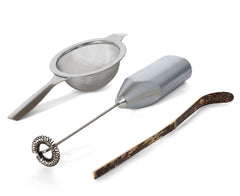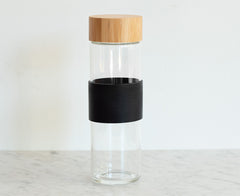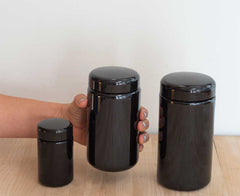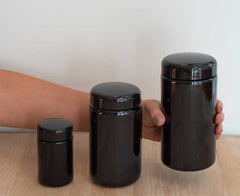Anti-hydrogen peroxide activity of fish and soy sauce
Author: H. Aoshima and S. Ooshima
Shoyu is the Japanese name for soy sauce and the most popular liquid condiment (seasoning) used in Japanese cuisine as well as in cuisines of other oriental countries. Shoyu is prepared by digesting mold-cultured soybeans and wheat seeded with an aspergillus (koji in Japanese) in the presence of sodium chloride. Gyoshoyu is produced when the soybeans and wheat are replaced with fish. Both Shoyu and Gyoshoyu have high level of 1,1-diphenyl-2-picrylhydrazyl (DPPH) radical-scavenging activity. Hydrogen peroxide is produced in green tea after exposure to air. To find a safe and economical method of preventing the production of H2O2 in green tea, effects of Shoyu and Gyoshoyu on H2O2 level in bottled green tea were examined. Both Shoyu and Gyoshoyu suppressed the production of H2O2. Gyoshoyu decomposed H2O2 possibly because of the presence of a thermostable catalase, while Shoyu did not. Some components of Shoyu and Gyoshoyu may be useful to suppress the production of H2O2 in green tea.



